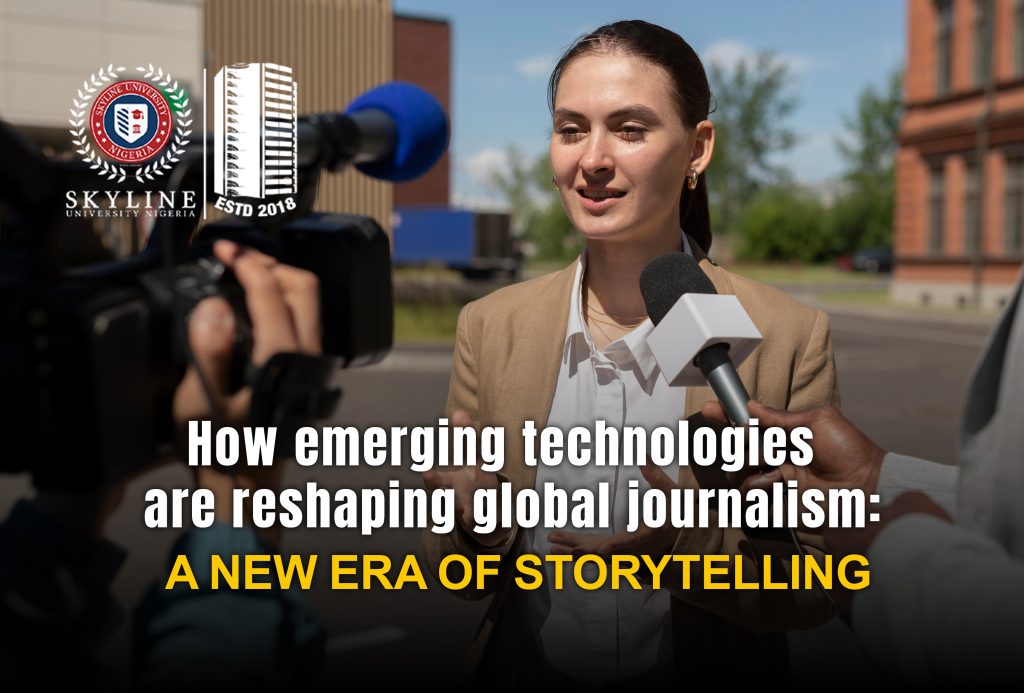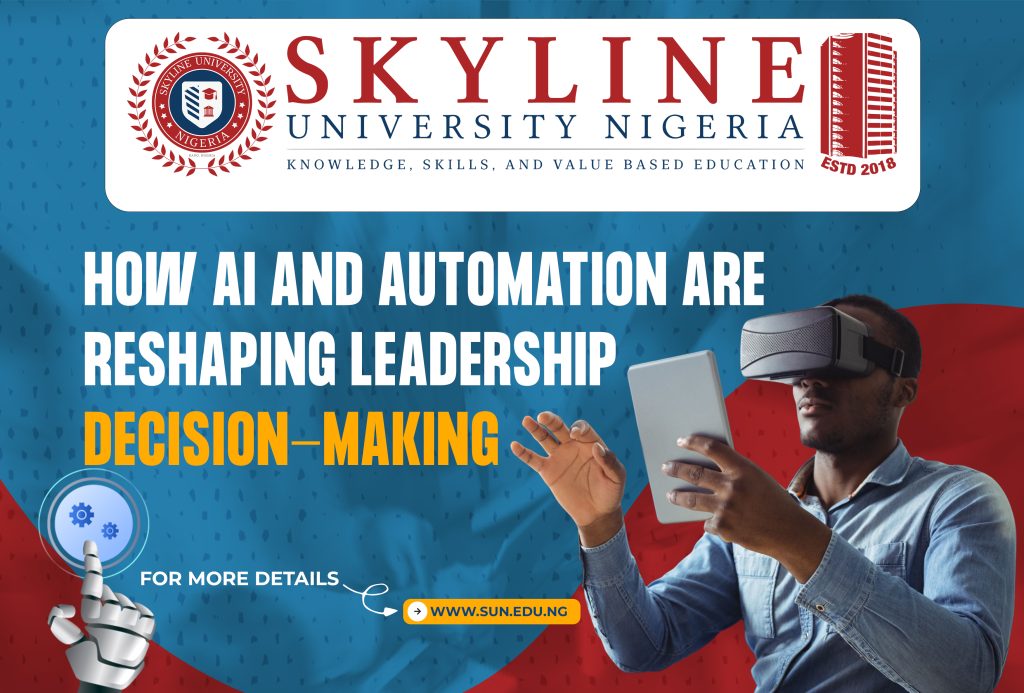How Emerging Technologies Are Reshaping Global Journalism: A New Era of Storytelling
In a typical newsrooms of the 20th century, the clatter of typewriters and the hum of printing presses were the heartbeat of journalism. Today, the soundscape has changed. The quiet whir of servers, the tap-tap of keyboards, and the occasional ping of a notification have replaced the analog symphony of old. But the transformation runs deeper than just the tools of the trade. Emerging technologies are fundamentally reshaping how journalists gather, produce, and distribute news, while ushering in a new era of storytelling that is as exciting as it is unpredictable. From artificial intelligence to virtual reality, block chain to 5G, the global journalism industry is being redefined at breakneck speed. These technologies are not just enhancing traditional practices; they are creating entirely new possibilities for how we understand and engage with the world. However, with great power comes great responsibility, and the ethical implications of these advancements are as profound as their potential. One of such technologies is theArtificial intelligence (AI) which has become one of the most transformative forces in journalism. No longer confined to science fiction, AI is now a trusted ally in newsrooms worldwide. Algorithms can sift through vast amounts of data in seconds, uncovering patterns and trends that would take human reporters weeks to identify. This capability has proven invaluable in investigative journalism, where AI-powered tools like natural language processing (NLP) are used to analyze leaked documents, track corruption, and even predict emerging news stories. Tools like OpenAI’s GPT-4 are being used to also draft articles, generate headlines, and even suggest interview questions, blurring the line between human and machine-generated content. On the other hand, imagine standing in the middle of a war-torn city, witnessing the aftermath of a natural disaster, or walking through a historical event as it unfolds. Virtual reality (VR) and augmented reality (AR) are making these experiences possible, by offering audiences a level of immersion that traditional media simply cannot match. Although, producing VR and AR content is resource-intensive, and not all audiences have access to the necessary hardware. As exciting as these advancements are, they come with a host of ethical challenges. The use of AI raises concerns about job displacement and the potential for algorithmic bias. Immersive technologies like VR can blur the line between reality and fiction, while block chain’s promise of transparency must be balanced against privacy concerns. And as 5G enables faster, more pervasive connectivity, the risk of surveillance and data breaches grows. Despite the rapid adoption of new technologies, one thing remains constant: the importance of human creativity and judgment. Technology can enhance storytelling, but it cannot replace the empathy, intuition, and critical thinking that define great journalism. The best stories are those that resonate on a deeply human level, connecting us to the shared experiences that bind us together. Therefore, journalists must navigate these complexities with care, ensuring that the pursuit of innovation does not come at the expense of integrity. Mr. Usman Bello Balarabe is an accomplished journalist, public relations practitioner; and media strategist with over five years of experience. He holds a first-class Honours bachelor’s degree in Mass Communication from Bayero University, Kano; and a master’s degree in Journalism and Mass Communication from Mewar University, India.
How Emerging Technologies Are Reshaping Global Journalism: A New Era of Storytelling Read More »










